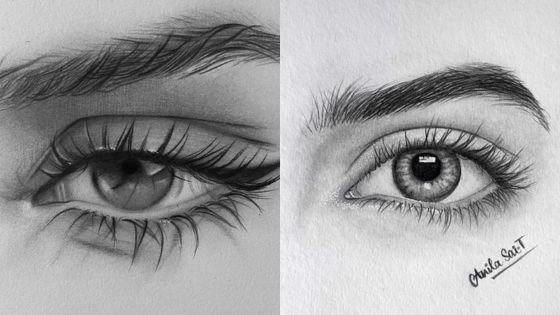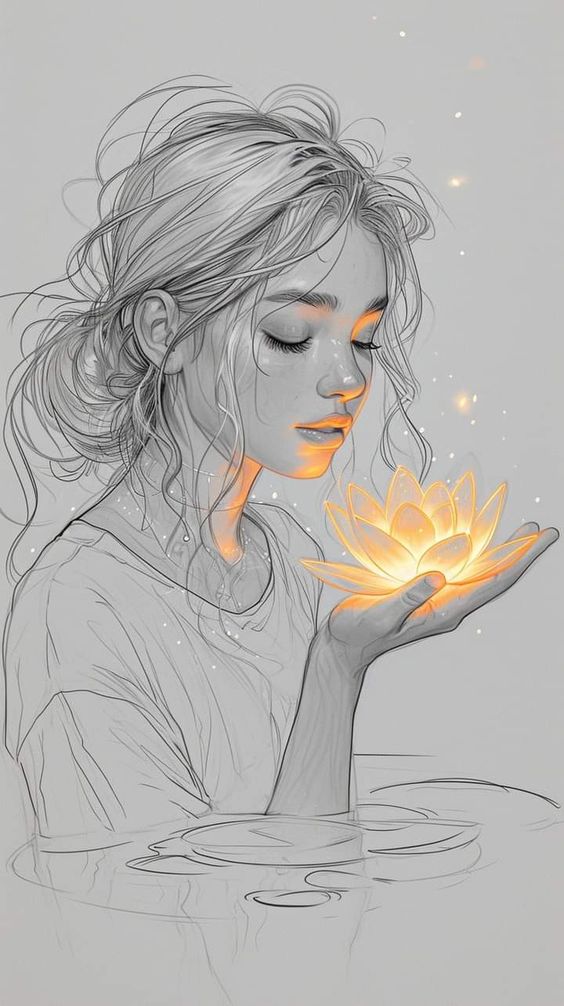
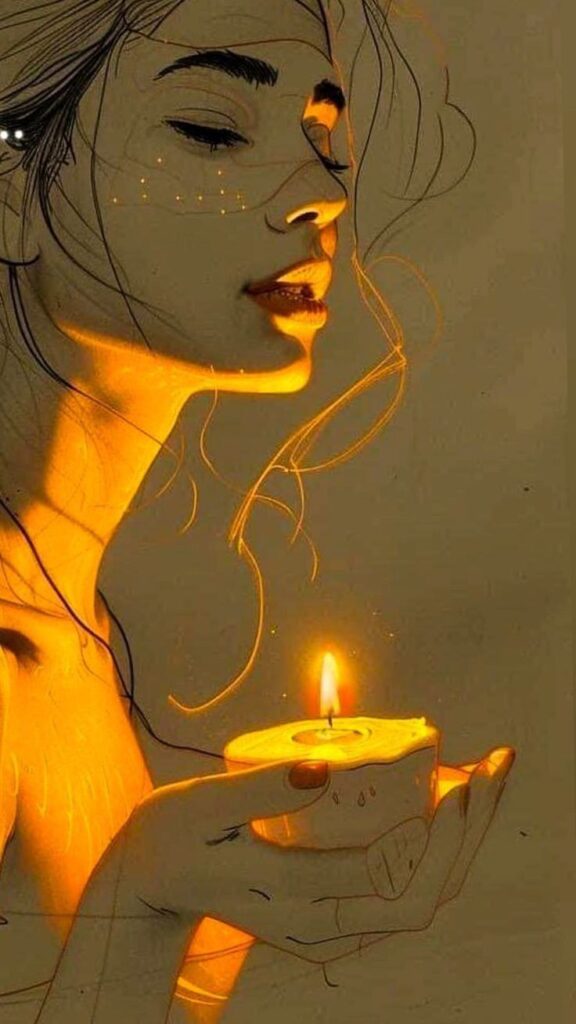
Aesthetic drawing ideas can transform simple sketches into eye-catching art. Using elements from nature, everyday life, and personal experiences creates a unique aesthetic that speaks to the artist’s vision. This blog post dives into exciting ideas that inspire creativity and help artists explore different subjects and techniques for their drawings.
Whether she is looking to capture the beauty of a sunset or he is inspired by the shapes of everyday objects, there is a world of inspiration all around. Discovering new subjects and incorporating creative challenges can make the drawing experience even more enjoyable.
The journey into aesthetic drawing is not just about the final piece but also about enjoying the process of creation itself. Let’s explore how to bring these ideas to life through techniques that add special touches and flair to every artwork.
Key Takeaways
- Drawing is a way to express individual creativity and style.
- Nature and daily life are rich sources of inspiration.
- Innovative techniques can boost the appeal of any drawing.
Getting Started with Aesthetic Drawings
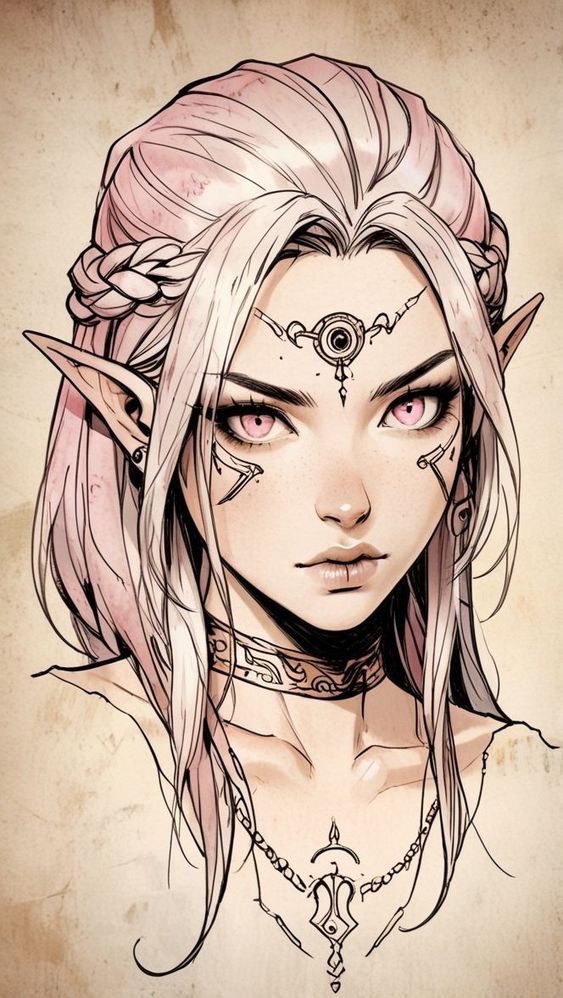
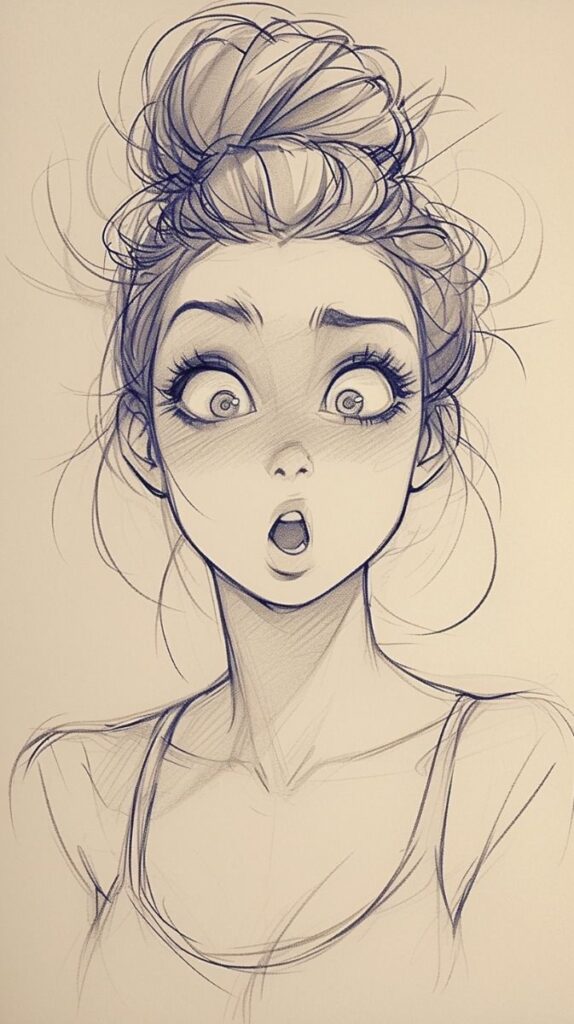
Aesthetic drawings can be a fun and rewarding way to express creativity. Choosing the right materials, setting up a dedicated workspace, and grasping the basics are key steps. For those balancing artistic passion with academic responsibilities, using online assignment help can free up valuable time, making it easier to focus on creative exploration without the stress of deadlines. By delegating challenging academic tasks, aspiring artists can dedicate more energy to refining their techniques and experimenting with new styles. This balance not only enhances artistic growth but also ensures that both education and creativity thrive simultaneously.
Choosing Your Medium and Materials
When starting with aesthetic drawings, selecting the right medium is important. Pencils, markers, colored pencils, and watercolors are popular choices. Each medium has a unique effect. For instance, watercolors create soft, flowing designs, while markers offer bold colors.
A sketchbook is essential for practice. It allows for experimentation without fear of mistakes. Look for quality paper that suits your chosen medium. You may also want to gather supplies like erasers, blending tools, and ruler for clean lines. Explore different brands to find what feels comfortable.
Setting Up Your Drawing Space
Creating a comfortable workspace can boost creativity. Find a spot with good lighting, like near a window or a bright lamp. A clean, organized desk helps keep focus on the art.
Make sure to keep essential tools within reach. Organize your sketchbook and materials in a way that makes it easy to start drawing. Keeping a few inspirational pieces nearby can spark new ideas. Noise-canceling headphones can also help minimize distractions, allowing for deeper concentration.
Understanding the Basics of Aesthetic Art
Before jumping into drawing, it’s helpful to know some basics. Styles vary widely, from minimalist designs to intricate patterns. Exploring different aesthetics can inspire unique creations.
Start with simple shapes and lines. Gradually add details and layers as confidence grows. Following step-by-step tutorials online can provide guidance. These tutorials break down complicated designs, making them easier to replicate. Remember, it’s okay to make mistakes; every artist learns through practice.
Exploring Subjects for Aesthetic Drawings

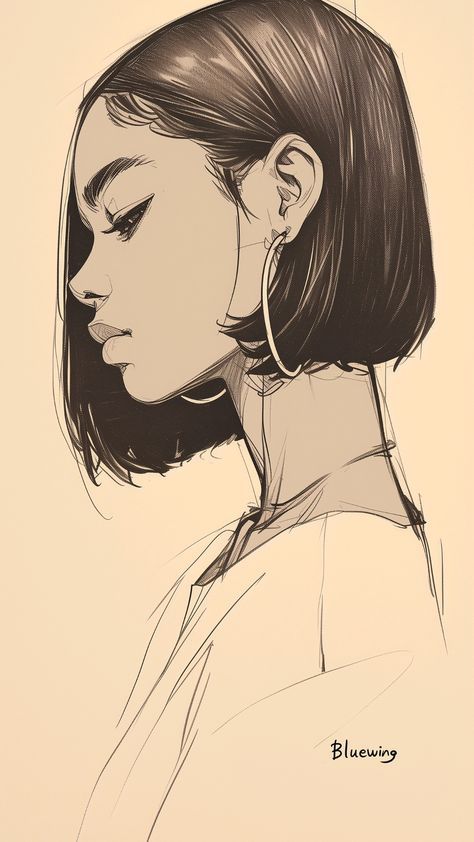
Aesthetic drawings often draw inspiration from various subjects that evoke feelings of beauty and wonder. Each subject has unique features that can enhance an artist’s work. Here are some exciting areas to explore.
Natural Beauty and Landscapes
Nature provides endless subjects for aesthetic drawings. Artists can focus on flowers with vibrant colors, capturing their delicate details. For instance, drawing sunflowers or roses adds cheerfulness and warmth.
Clouds offer another fantastic subject. Their formations change constantly, allowing for creativity. Artists can depict fluffy white clouds in a blue sky or stormy ones with dramatic shades.
A lake scene can be serene and peaceful. Artists often portray its still waters reflecting the sky. Adding elements like palm trees on the shore can enhance the tropical feel of a drawing.
Lastly, a beach scene captures summer vibes. The contrast of golden sand against blue water creates joy. Vibrant beach umbrellas and surfers can add excitement.
Urban Aesthetics and Architectural Elements
Urban environments provide a unique vibe for aesthetic drawings. Artists can focus on architectural elements, like intricate buildings and bridges. Capturing the details of old brickwork or modern glass designs can make a drawing pop.
Street scenes with lively people reflect daily life. Busy streets filled with cafes and shops create energy. Adding details like bicycles or street performers can enhance the scene.
Another appealing aspect is urban parks. Scenes of green spaces among buildings provide balance. Artists can include benches, trees, and pathways, making city life feel welcoming.
Capturing the Essence of Animals
Animals bring joy and depth to aesthetic drawings. Focusing on pets, like cats and dogs, appeals to many. Capturing their expressions can evoke happiness.
Wildlife also makes stunning subjects. Drawing birds in flight or animals like deer in the woods adds a sense of freedom. Their movement can be dynamic and lively.
Aesthetic drawings can introduce colors and patterns found in animal fur or feathers. Artists can experiment with these to capture their essence. For example, a peacock’s tail feathers offer a vibrant array of colors to explore.
Figures and Portraits with Aesthetic Vibes
Figures and portraits allow expression in aesthetic drawing. Artists can explore various styles, capturing emotions and personalities.
Creating portraits of friends or family gives a personal touch. Using soft colors can convey warmth and intimacy. Playful poses can add liveliness.
Incorporating fashion elements also enhances aesthetic vibes. Artists can experiment with styles, patterns, and textures. Drawing flowing dresses or modern outfits can showcase individuality.
In broader contexts, capturing movement is vital. Artists can portray dance or sports, reflecting energy and grace. This focus on figures creates dynamic and engaging artwork.
Incorporating Elements of Nature
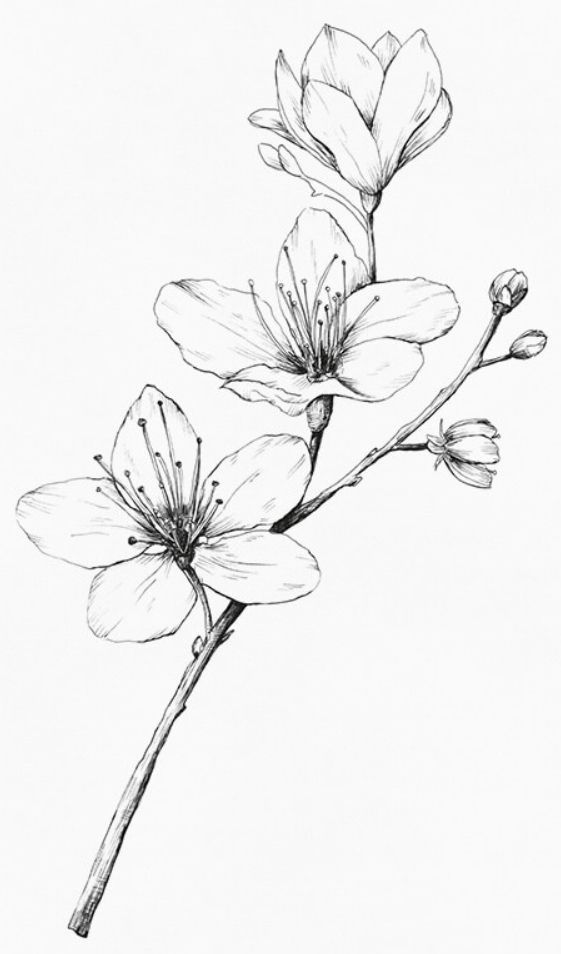
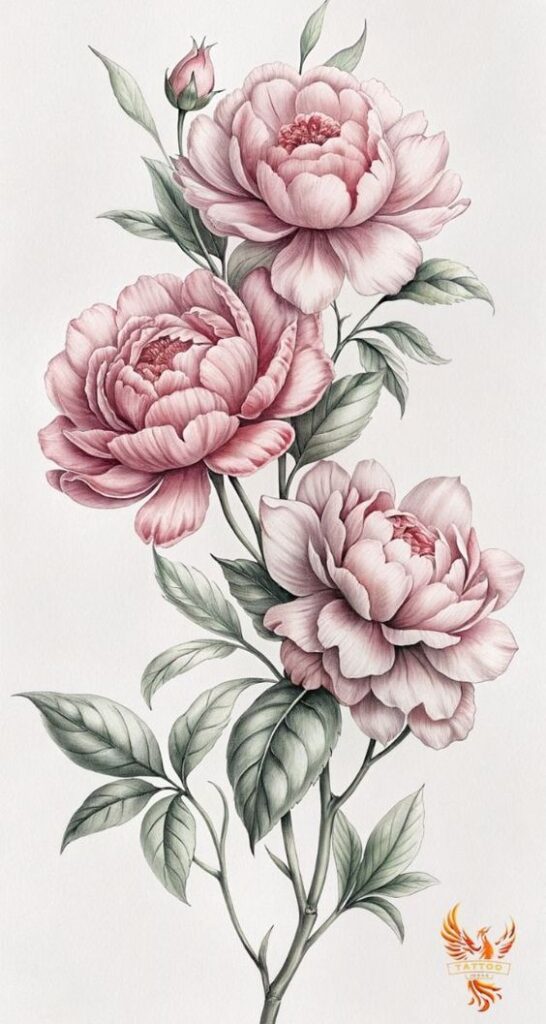
Nature offers endless inspiration for drawing. By including elements like flowers, animals, and ocean life, artists can create vibrant and engaging works. This section explores how to incorporate these elements into artwork.
Floral Inspirations
Flowers are a popular choice for artists. They bring color and beauty to drawings. Sunflowers are bright and cheerful, symbolizing warmth and positivity. Artists often use their large, round shapes to fill space and catch attention.
Many artists also love butterflies. These insects add delicate detail to floral scenes. Their varied colors and patterns can inspire creativity in using color theory. Adding flowers and butterflies together can create a lively composition.
Sketching a fairy forest can blend flowers with fantasy. Using whimsical plants and hidden creatures like fairies or hedgehogs makes artwork enchanting. Vibrant colors and intricate details tell a story, inviting viewers to explore.
Woodland Creatures and Forest Scenes
Woodland creatures like squirrels and hedgehogs bring charm to nature-themed art. Squirrels can add playfulness as they interact with their environment. Artists can capture their movements in trees or foraging for food.
Forest scenes also give an artist room to create a mood. Layers of trees, grass, and wildlife set the background for a story. Sheep or gentle deer can enhance a peaceful feeling. They represent tranquility and connection to nature.
An artist can choose to focus on a single animal or a group. This choice can shape the story the drawing tells. Using details like fur texture or the twinkle in a creature’s eye adds personality to wildlife art.
Marine Life and Seascapes
The ocean is full of inspiration too. Marine life like whales and seagulls can bring dynamic energy to artwork. Whales can be drawn in majestic poses, conveying strength and grace.
Seascapes can play with light and texture. Capturing waves or the shimmer of sunlight on water is a challenge that excites artists. Adding mermaids or sirens introduces elements of fantasy and allure to the piece.
Using blues and greens can blend well with marine elements. Artists can create harmony and reflect the ocean’s beauty. Including shells or coral can add further detail and enhance the marine theme.
Everyday Magic
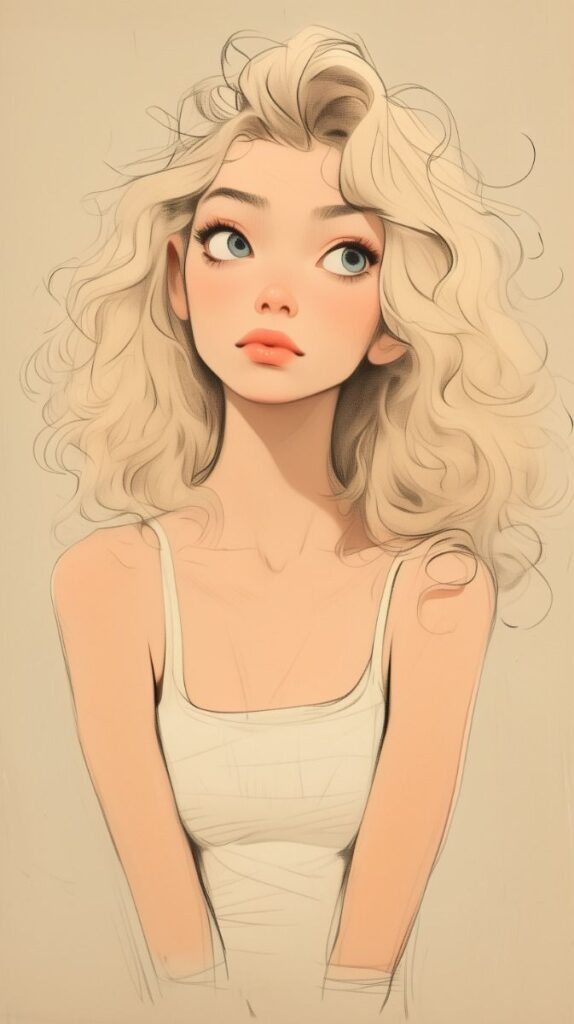

In everyday life, small things can bring joy and spark creativity. Objects and moments transform the ordinary into the extraordinary.
Objects with Character
Certain objects carry a charm that makes them feel alive. A cup of coffee can warm both hands and heart, offering comfort on a cold morning. Hats hold stories of adventure, style, and personality. Each perfume bottle might remind someone of a loved one or a special time.
Bicycles are not just for transportation; they symbolize freedom and exploration. Shoes tell tales of journeys walked, while an umbrella can become a whimsical prop during rainstorms. Each item has a unique presence and spark within it, inviting creativity in drawing and design.
Moments of Serenity
Finding calm in the chaos of daily life can lead to inspiration. A quiet moment with a cup of coffee can offer reflection. Cute animals playing outside create scenes filled with joy and laughter, perfect for artistic capture.
Walking along the beach, collecting shells, provides a chance to connect with nature. The sound of waves brings tranquility, allowing imagination to flow freely. Watching clouds drift or leaves sway can inspire peaceful artwork. These moments remind us of beauty present in the simplest experiences.
Whimsical and Fantasy Elements
Incorporating fantasy into daily life can ignite imagination. Dragons soaring above or fairies hidden in gardens add a magical twist. Drawing whimsical creatures alongside everyday objects creates excitement.
For example, a bicycle shared with a playful dragon can make an ordinary scene come alive. Umbrellas can transform into magical canopies filled with stars. This playful mix invites the mind to wander, encouraging unique art styles.
Celebrating everyday magic through art helps express individuality and feelings. It transforms how people view the world, making it a brighter and more captivating place.
Techniques for Aesthetic Appeal

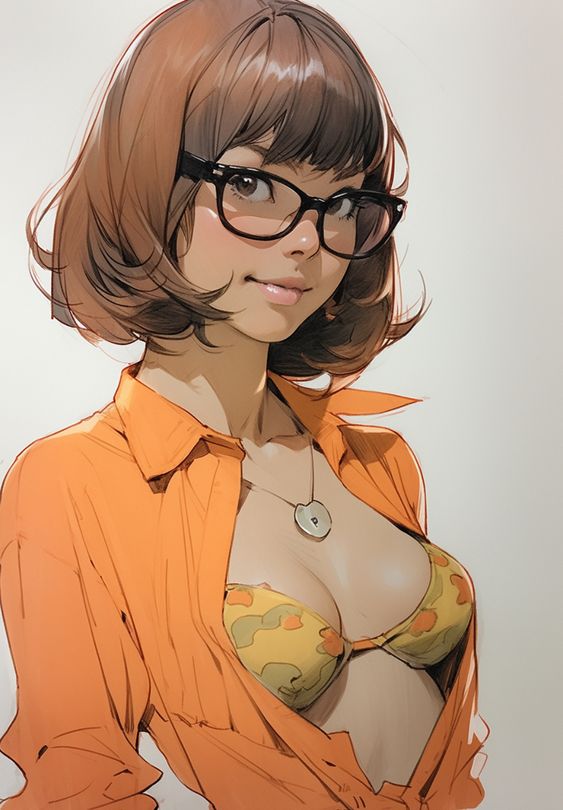
Creating aesthetic appeal in drawings involves skillful use of various techniques. Artists can enhance their work by focusing on detail, light, and color. This section covers shading, light play, and color theory.
Shading and Texturing for Depth
Shading adds dimension to a drawing, making it look more realistic and engaging. Artists can use techniques like hatching or cross-hatching to create textures. For example, when drawing a floral wreath, varied shading can make petals appear soft and delicate.
- Soft shading gives a smooth look, while hard shading creates stark contrasts.
- Using different tools, such as pencils or charcoal, helps achieve unique textures.
Artists should pay attention to how light falls on objects. This will guide their shading choices and enhance the overall aesthetic.
Playing with Light and Shadows
Light and shadow play a vital role in aesthetic art. They create drama and focus in a piece. Artists can experiment with how light interacts with different surfaces.
- Highlighting areas can draw attention to important features in their work.
- Shadows provide balance, making the drawing feel complete and realistic.
For instance, when depicting a floral arrangement, highlighting certain flowers while casting subtle shadows adds interest. This technique can dramatically improve the visual quality of their art.
Color Theory in Aesthetic Art
Color theory is essential for creating captivating artworks. Artists can use color wheels to understand primary, secondary, and tertiary colors. This knowledge helps in choosing colors that complement each other.
- Analogous colors give a harmonious feel, while complementary colors create dynamic contrasts.
- Using a limited color palette can unify a piece, making the entire artwork cohesive.
For a floral wreath, using colors that match the mood of the piece enhances its appeal. Bright colors can convey joy, while softer tones can evoke calmness. Awareness of color choices can significantly impact the aesthetic outcome.
Creative Challenges and Exercises
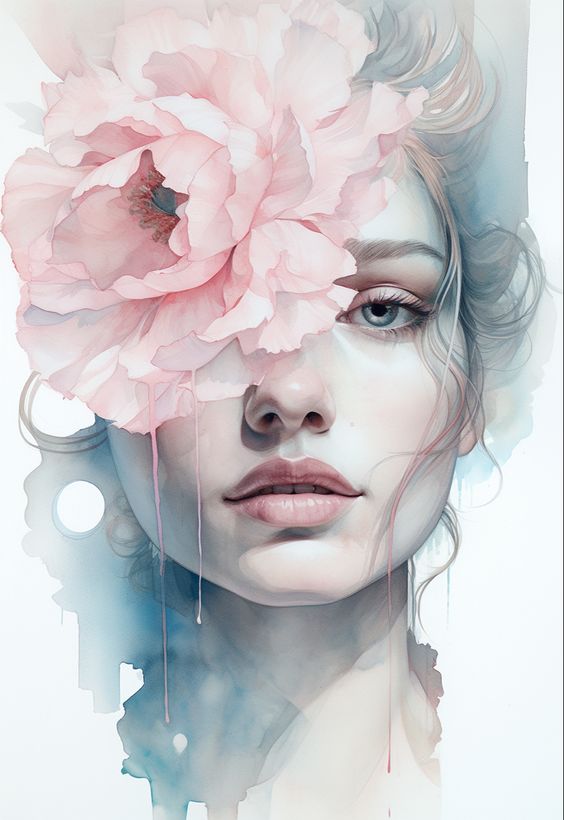

Engaging in creative challenges can bring fresh ideas and improve drawing skills. Fun prompts and daily practices can inspire artists to explore new themes and techniques.
Drawing Prompts to Spark Imagination
Drawing prompts can kickstart creativity and lead to wonderful aesthetic drawings. Here are a few fun ideas:
- Draw a Rabbit in a Fantasy Garden: Create a rabbit surrounded by unique flowers and plants.
- Sketch a Cat with a Hat: Portray a cute cat wearing a quirky hat, adding lively details.
- Imagine a Horse in Motion: Capture a horse galloping through a scenic landscape, focusing on movement and energy.
- Design a Fox in an Urban Setting: Picture a fox exploring a city, blending nature with city life.
These prompts encourage artists to play with colors and styles. Mixing different elements makes each drawing unique.
Improving Skills with Daily Practices
Daily practice is vital for artists looking to enhance their skills. Here are a few effective exercises:
- Timed Sketches: Set a timer for 10 minutes and sketch a rabbit, cat, horse, or fox. This builds speed and confidence.
- Focus on Shapes: Break down animals into basic shapes before adding details. This technique simplifies the drawing process.
- Color Exploration: Experiment with different color palettes for each animal. Use bright colors for a fun touch or earthy tones for a more natural look.
Regular practice helps artists refine their techniques. Small, consistent efforts lead to significant improvements over time.
- 1.0Kshares
- Facebook0
- Pinterest1.0K
- Twitter0
- Reddit0

